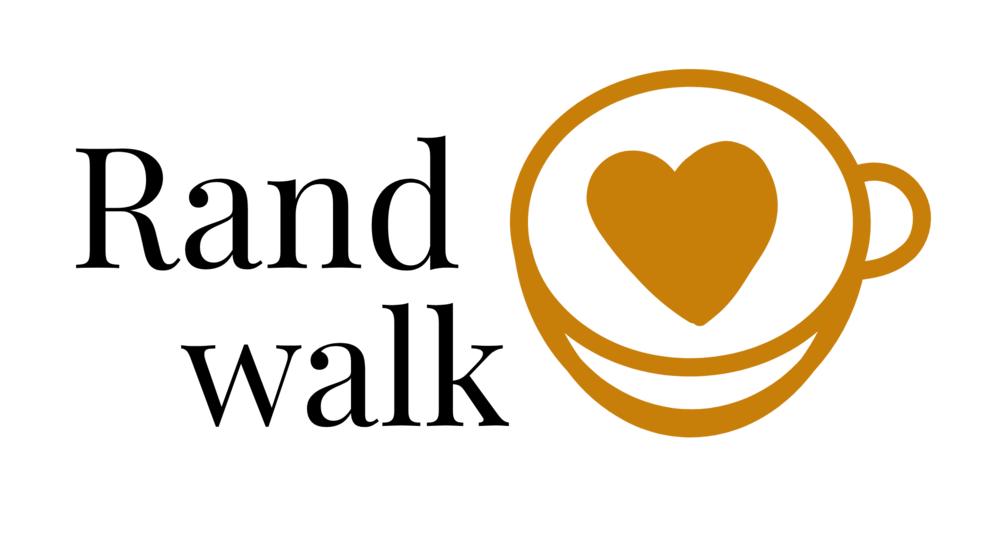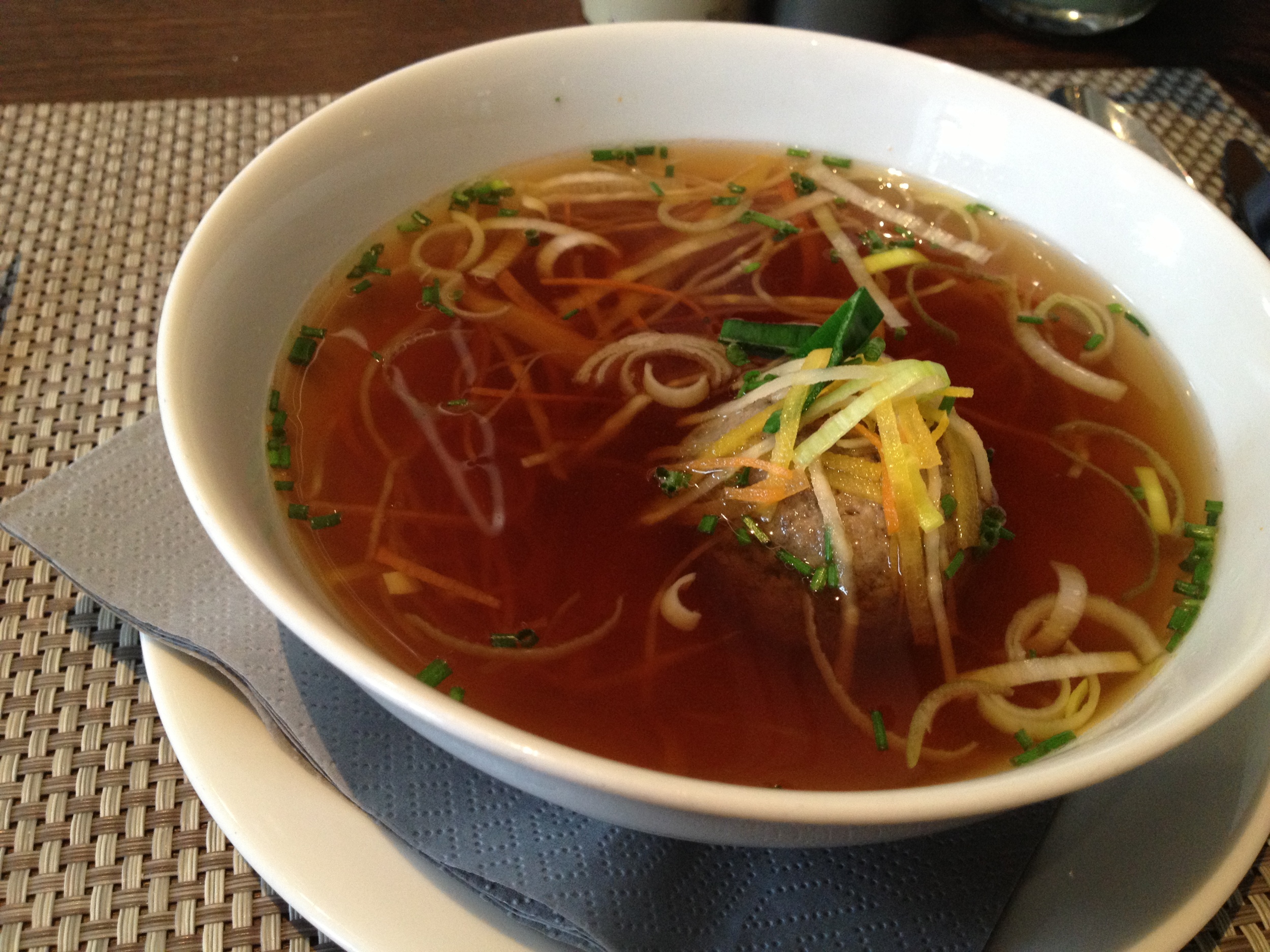From marginalized Prague, I hop back to the heart of Europe in the Austrian capital of Vienna. Geography is a great shaper of history and culture but Austria is a sore thumb. It leans eastward (“öst”, the German for east) but is culturally congruent with the west, unlike the Slavic nations that it borders. This similarity is rooted in the Hapsburg’s vying for cultural supremacy against its influential, rich, western relatives. For the greater part of classical Europe, Paris ruled the west and Vienna controlled the east. It is by no coincidence that the two most famous treaties of history are the Peace of Paris (1919, after WWI) and the Congress of Vienna (1815, after Napoleon). The two cities almost mirror each other with Vienna as a miniature Paris. Within the ringstraße created from torn down armaments are an unassailable selection of churches, palaces, museums and concert halls. Outside the city, Schönbrunn (do the guided tour, 15€) copies Versailles. Marie Antoinette was cast out of Schönbrunn at the tender age of 14 to wed and make peace in Versailles. All this makes Austria oddly closer to France than Germany.
Hofburg Area
Schönbrunn Palace
Hofburg
Richly adorned architecture that makes Vienna a most beautiful city in Europe is directly traceable to its Golden age. Today, the buildings have been put to good use, housing museums like: Kunsthammer of Kunsthistoriches Museum, a display of glittery opulence; the Naturhistorisches Museum, where the tiny Venus of Willendorf rests near the gigantic skeleton of a Diplodocus long neck; the Leopold, Kunsthalle and Mumok art museums that occupy the former Spanish stables; Belvedere Palace, for an invigorating stroll; and the enchanting Austrian National Library, which has 200,000 books from the 16th century and onwards. Museums are not expensive but add up quickly (5-10€ for students).
Vienna National Library
The wealth in Austria also guaranteed a strong patronage in music. Such patronage was lucky to coincide directly with the classical era of music and such renowned composers as Mozart, Beethoven and Haydn, the three cornerstones of the Viennese School of Music (which is as much a school as the Keynesian School of Economics is). Strolling through Stadtpark, statues of Schubert and Strauss commemorate even more storied names of musical classicism. Concerts are ubiquitous and often sold out. Crash one early and ask for a student ticket. You may get lucky.
Opera
On one night, the opera had seven student rush tickets. I was the tenth to arrive so had to settle for a 4€ standing room spot. At the overture, the parterre is a can of sardines with dumbfounded tourists bending to see either the stage or read the captions. By the first aria, a mass exodus has returned the observatory to a normal capacity. Stingy music connoisseurs replace the half-hearted. Atop aching legs, the view is excellent.
Urbanek
Naschtmarkt
The food is an odd mix of German grub and French refinement. Beer, snitzel and sausage can be easily found on the mile-long Naschmarkt and are cheap, tasty and altogether formulaic. Instead, opt for the claustrophobic Urbanek, where a chatty epicure proudly shows his memorabilia of Anthony Bourdain and Wolfgang Puck and then shaves varieties of cold cuts for you to sample. With famous Austrian white wine (some say the best in the world) and cheese, it comes to 19€.
Urbanek
19€ for wine, cheese and cold cuts
For sit down: Motto am Fluss looks out to the Danube Canal; Décor (on Augartenstraße) has a 7€ lunch menu, this time a clean-tasting pan-fried fish in a buttery sauce with potatoes; Skopik und Lohn has perfectly cooked chicken and playfully lumpy gnocchi. At Gasthaus Pöschl, beets to soak up the fresh mozzarella in an innovative Caprese salad. After, mushy beef liver is served in an addictive stew-like sauce.
Décor
7€ Lunch
Cafés are an important fixture. Intellectuals like the psychoanalysts that gave Vienna the title “city of dreams” attended them. They are mostly fungible but some with a history include Café Braünerhof, Café Sperl and Café Landtmann. They generally all do cheap drinks and traditional Austrian desserts (which are well-known and overrated). For something more contemporary, Phil is a bookshop turned Café.
View from Ferris wheel
Vienna is the last outpost of the west. From the top of the tacky Riesenrad (Ferris wheel), bear witness to the centre of the long-standing empire that shaped modern Europe and crumbled less than a hundred years ago. It held off the Ottomans (twice) and created a balance of power for the centuries prior to WWI. It was a polyglot centre of cultural expression and innovation and a destination for artists. Today, it mostly keeps out of world affairs, having been too involved with it in the past century. It was the primary aggressor of WWI and a willing participant in Anchluss. The Allies gave it to Hitler mostly because they considered it a natural addition to Germany. Odd, because you will not believe this country is German.








